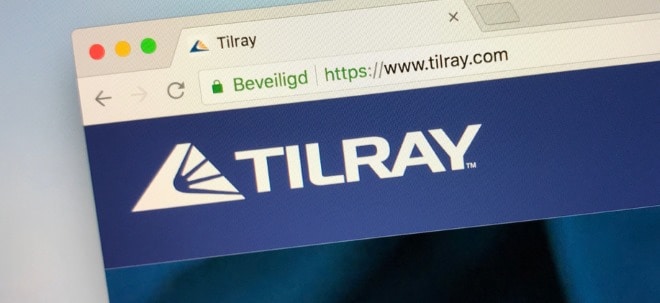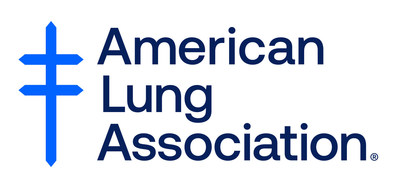New Campaign Educates People on What to Do When a Lung Nodule Is Found
American Lung Association, in partnership with Olympus, launches educational campaign based on findings from national focus groups and patient survey
CHICAGO, July 29, 2025 /PRNewswire/ -- In honor of World Lung Cancer Day on Friday, August 1, the American Lung Association, in partnership with Olympus, is launching a new educational campaign about lung nodules. The campaign is shaped by the voices of people diagnosed with lung cancer and their caregivers across the country.
The initiative comes in response to recent research conducted by the Lung Association, including surveys and focus groups, that found significant gaps in communication, understanding and support following the discovery of a lung nodule. A lung nodule is a small, round mass that appears as a white spot on a chest X-ray or a CT Scan. Most lung nodules are benign (not cancerous), however a person's physician may order additional tests to determine the next steps.
"Lung cancer is a complicated disease, and for patients, the journey often begins with the unexpected discovery of a lung nodule," said Harold Wimmer, President and CEO of the American Lung Association. "Through this campaign, we are providing individuals with the knowledge and tools they need to understand what comes next—whether that's further testing, watchful waiting, a diagnosis, or treatment options—so they can make informed decisions and feel empowered in their care."
Key Focus Group Findings Include:
- High Anxiety Due to Lack of Information: People reported feeling overwhelmed and unprepared after learning they had a lung nodule. Many were unclear about what it meant and wanted more upfront information from healthcare providers.
- Communication Breakdowns: Participants described poor or inconsistent communication both between healthcare providers and in conversations with patients, leading to confusion and distress.
- Misunderstanding of "Watchful Waiting:" When told their nodule would be monitored over time, people often didn't understand what that entailed, increasing fears about potential cancer progression.
- Inconsistent Diagnostic Processes: There was significant variability in how providers assessed whether a nodule was cancerous. People in the focus group and surveys wanted more transparency and direction throughout the process.
This new campaign responds directly to those concerns, offering clear, evidence-based resources to individuals with lung nodules and their caregivers. Materials developed as a part of this campaign include a guide to help people understand their lung nodule report, a resource for understanding lung nodule follow-up guidelines, and a worksheet to help people understand the process and next steps. The campaign also includes resources tailored for healthcare professionals to improve communication and support, particularly in rural and underserved areas.
To learn more about lung nodules and access new resources, visit Lung.org/lung-nodules.
About the American Lung Association
The American Lung Association is the leading organization working to save lives by improving lung health and preventing lung disease through education, advocacy and research. The work of the American Lung Association is focused on four strategic imperatives: to defeat lung cancer; to champion clean air for all; to improve the quality of life for those with lung disease and their families; and to create a tobacco-free future. For more information about the American Lung Association, a holder of the coveted 4-star rating from Charity Navigator and a Gold-Level GuideStar Member, or to support the work it does, call 1-800-LUNGUSA (1-800-586-4872) or visit: Lung.org.
CONTACT: Elizabeth Mitchell | American Lung Association
P: 312-801-7631 E: Media@Lung.org
![]() View original content to download multimedia:https://www.prnewswire.com/news-releases/new-campaign-educates-people-on-what-to-do-when-a-lung-nodule-is-found-302515621.html
View original content to download multimedia:https://www.prnewswire.com/news-releases/new-campaign-educates-people-on-what-to-do-when-a-lung-nodule-is-found-302515621.html
SOURCE American Lung Association


